Each submission gets timestamped with EST time and gets a unique identifier
assigned, example:
S10056

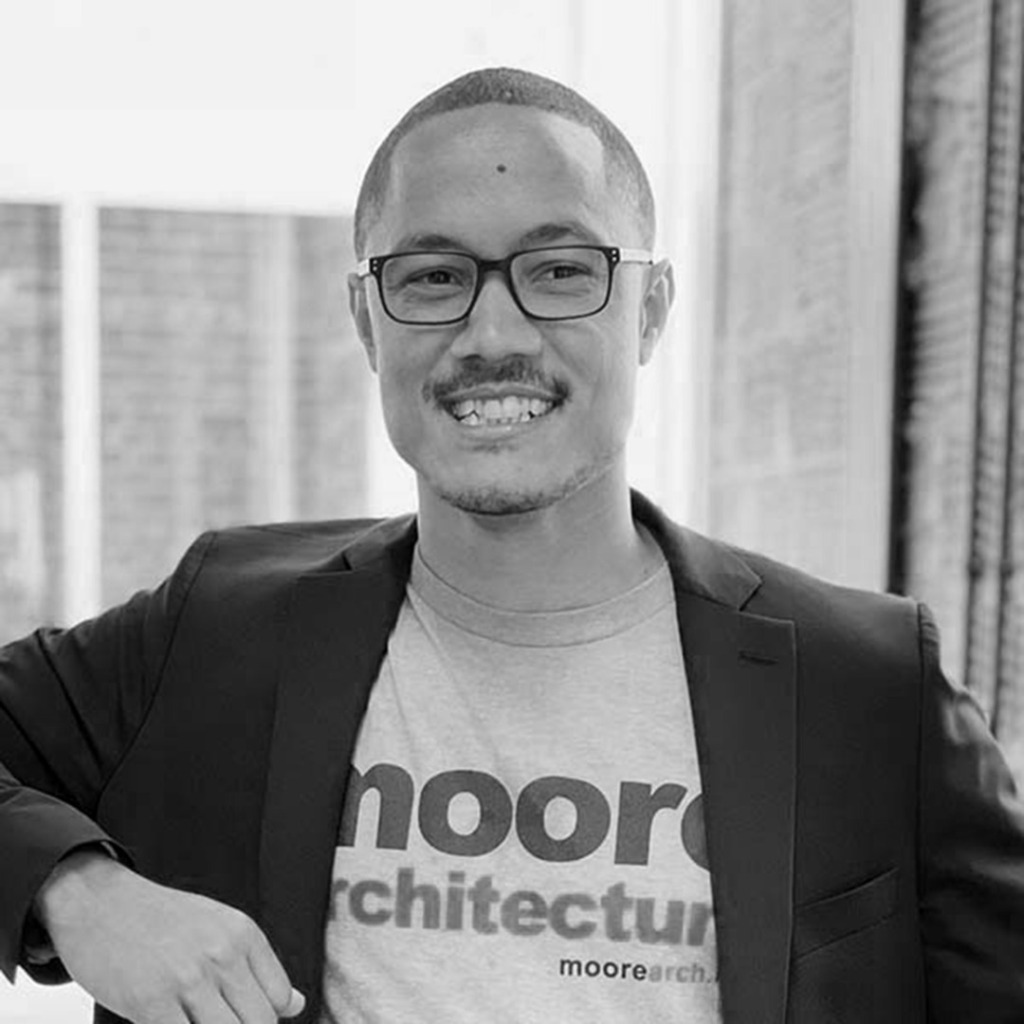
January 22, 2022
by: Tiara Hughes, NOMA
Marques L. Moore, NOMA, is a Principal Architect based in Charlotte, NC. Marques earned a Bachelor’s of Science in Architecture with a minor in Urban Planning from the University of Virginia (UVA) and also holds a Bachelor’s of Architecture from the University of North Carolina at Charlotte (UNCC). He is licensed to practice architecture in North Carolina and South Carolina.
Marques practices architecture with his father Kelvin L. Moore at the family-owned firm Moore Architecture, which was founded in 1992. Marques manages the company’s North Carolina and South Carolina projects while Kelvin is responsible for Virginia. Under their leadership, Moore Architecture has successfully completed over 540 projects and maintains a diverse portfolio of project types including commercial, residential, educational, institutional, religious, healthcare, hospitality, and recreation.
Moore Architecture identifies architectural solutions that respond to the specific needs of its clients by incorporating a philosophy of collaboration, interaction, and purposeful delivery. Their diverse project experience has taught them to resolve complex issues and provide simple solutions for difficult construction objectives. Moore Architecture’s mission is to assist in the successful development of conceptual and buildable projects with thoughtfulness, vision, and professionalism. They believe that architecture should be accessible and available to all people, regardless of project size and budget.
Tiara Hughes: How did you first become interested in architecture?
Marques Moore: Our family story actually began in the 1960’s when Kelvin, my father, discovered the power of design. Robert Moore (my grandfather) was a master builder who studied masonry at the North Carolina A&T State University during an era where access to education and professional job opportunities was sparse for Black Americans, so the word Architect did not even exist in our family’s lexicon. When my dad was young, he built a doghouse with the scrap materials from my grandfather’s jobsite. My dad realized that he could not only improve his dog’s quality of life, but humanities through the built environment; my father went on to study architecture at UVA and I followed in his footsteps while creating my own path as well.
My dad was a single parent who raised three kids, while also running a successful black-owned architecture firm in central Virginia. My twin brother also studied architecture at UVA and practices in Georgia. Interestingly enough, my first-year at UVA was when I first met my biological maternal grandfather. He was a cook for the University and my grandmother was a maid there for years. Life has a unique way of coming full circle, my grandparents couldn’t study at the University of Virginia but here I was as a second-generation college student choosing to navigate a professional dominated by people who don’t look like me.
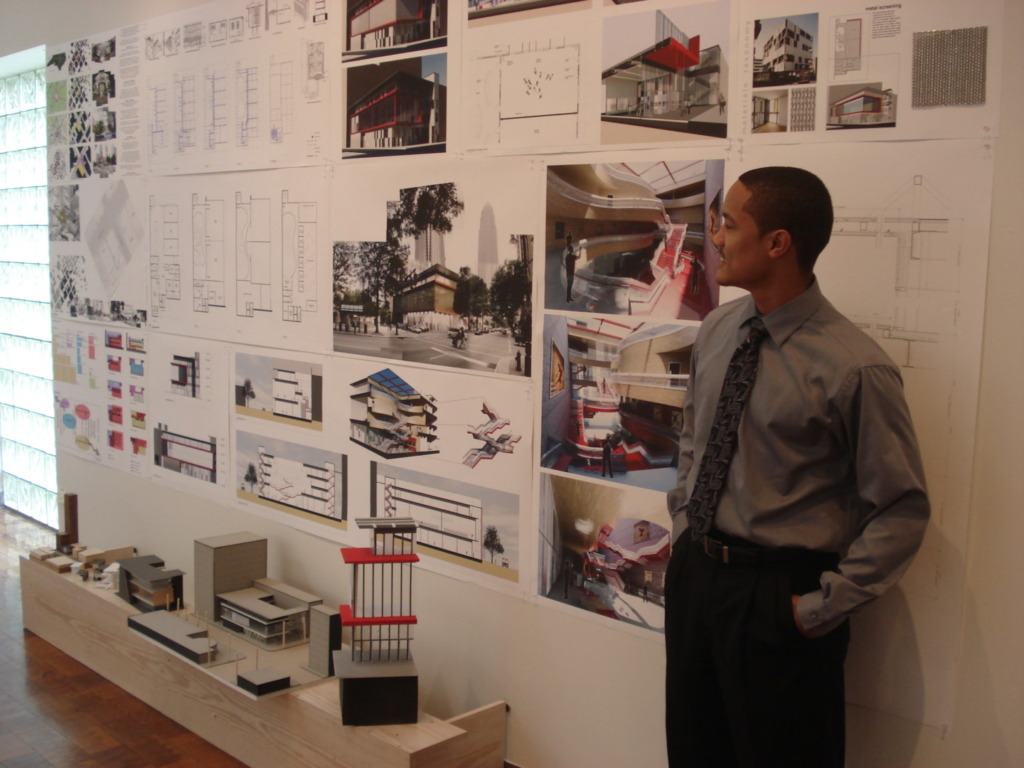
When I was a kid, I was always interested in how things were built, how to take toys apart, and then rebuild them, sometimes better, sometimes worse. I would shadow my dad a lot, as a single-parent Architect, he often had to take us along with him to meetings, site visits, and interviews. Whatever the cease, we were there: measuring piers in old crawlspaces, flipping slides during presentations, or making real blueprints the old-fashion way, paper cuts included. Building and construction is not what caught my attention, it was the pure joy in the eyes of his clients on ribbon cutting day that amazed me the most. Seeing how the built environment can improve the quality of life for people was beautiful. Furthermore, to see my father be the one who made it happen, he became my real-life hero.
“Building and construction is not what caught my attention, it was the pure joy in the eyes of his clients on ribbon cutting day that amazed me the most. Seeing how the built environment can improve the quality of life for people was beautiful. Furthermore, to see my father be the one who made it happen, he became my real-life hero”
TH: When did you first learn about NOMA, and how have you been involved over the years?
MM: As a Black student at UVA, a predominantly white institution, studying Architecture, a predominantly white profession; I was somewhat lost early on. UVA had this amazing peer advisor programs specifically aimed to pair incoming first-years students with upper classmen to assist us with navigating school life and culture. My peer advisor, Nakita Reed, now an Architect herself, was the president of the student chapter of NOMA; and during a time of racial strife at the university, she organized a march throughout grounds chanting “We will not tolerate intolerance.” It was an impressionable contrast, seeing this Black female student, emerge from the shadows of former slave-owner, founder of UVA, and former U.S. president Thomas Jefferson’s beautifully designed grounds. To witness her take a stand on the steps of the Rotunda, the most prized and historical space at UVA, was an incredible experience. I had to be part of the social change and joined NOMAS; and later served as the president of UVA’s NOMAS chapter during my fourth year. Throughout my time as a student, we would host dialogs and panel discussions, mostly about creating a safe space for minority students. I would also attend the national conferences as a student, not realizing that we were creating lifelong bonds with other minority students. Those bonds that later grew into business opportunities and collaborative joint-ventures as we have emerged into the profession as licensed Architects and entrepreneurs. Today, I serve as the Vice President of NCNOMA, the North Carolina chapter of NOMA.
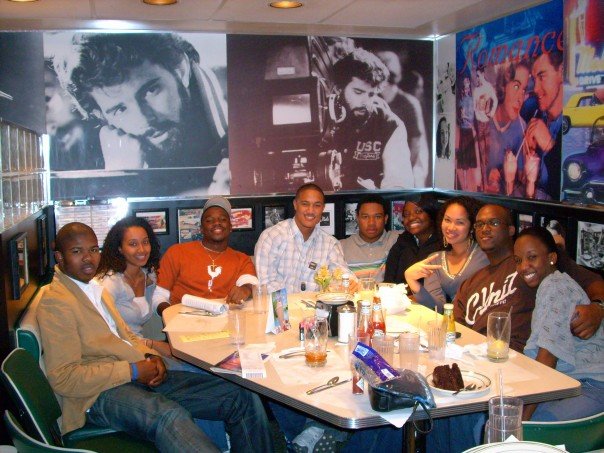
TH: How has NOMA impacted your professional trajectory?
MM: NOMA actually helped me land my first job, my dad would not hire me and I had to learn on my own for a while, haha. As a student, I attended a NOMA conference and met Phil Freelon. I handed him my resume, portfolio, and landed an interview with his firm. Granted I did not get the job offer; he did offer me advise on how to improve my approach and put me in contact with my future employer Harvey Gantt. Harvey Gantt and Phil Freelon are prime examples of what successful Black architects are and can do for the community. In short, that was how I started my career in North Carolina.
Today, NOMA continues to impact my professional life as I serve as a mentor for NCNOMA and NOMAS members. Furthermore, I am able to pass the torch as I review portfolios, assist with resume building, interview prep, and help students get the most out of architecture.
“Harvey Gantt and Phil Freelon are prime examples of what successful Black architects are and can do for the community. In short, that was how I started my career in North Carolina.”
TH: Can you share some of your most meaningful architectural work?
MM: I believe architecture should be inclusive, and every work we complete is meaningful to that specific client. I have worked on just about every type of project from small kitchen renovations to multi-million-dollar restaurants, and football stadiums. Through it all, my favorite is the Pop’s Chicken House at the Anne Spencer House and Garden Museum.
Anne Spencer was an influential poet, civil rights leader, activist, teacher, and gardener during the Harlem Renaissance period of African-American cultural significance. She is from Lynchburg, Virginia, my hometown and did amazing things for the community. For instance, she started the first Black library at the all-Black Dunbar High School. Later this school became Dunbar Middle School after integration, and is the middle school I attended. Anne Spencer studied theology at the Virginia University of Lynchburg, an HBCU only a few doors down from my grandmother’s house. As a kid I would play on VUL’s campus, not knowing in the future I would serve as the architect of several projects with VUL.
The Pop’s Chicken House at the Anne Spencer Museum is a rare example of Black placemaking through the art of storytelling that compliments the existing historical house & garden. We initially took on this project pro bono because we believe architecture can become something beautiful with the right intentions for community: be good, do what’s right, do what’s just and the rest will take care of itself. After the initial designs were complete for fundraising, UVA reached out to the Anne Spencer Museum (Shaun Spencer) and created an initiative out of this project. There is now an architecture studio course based on our project. The course includes collaboration with the drama and English departments at UVA. Additionally, a special collection part of the UVA library houses and preserves Anne Spencer’s works. UVA furthermore created a digital platform that will serve the needs of the museum and education beyond. We envisage the Spencer digital project as the first stage of a larger project mapping the Harlem Renaissance and the rich Black intellectual community of the early twentieth century.
“I believe architecture should be inclusive, and every work we complete is meaningful to that specific client. I’ve worked on just about every type of project from small kitchen renovations to multi-million-dollar restaurants, football stadiums to bathroom renovations.”
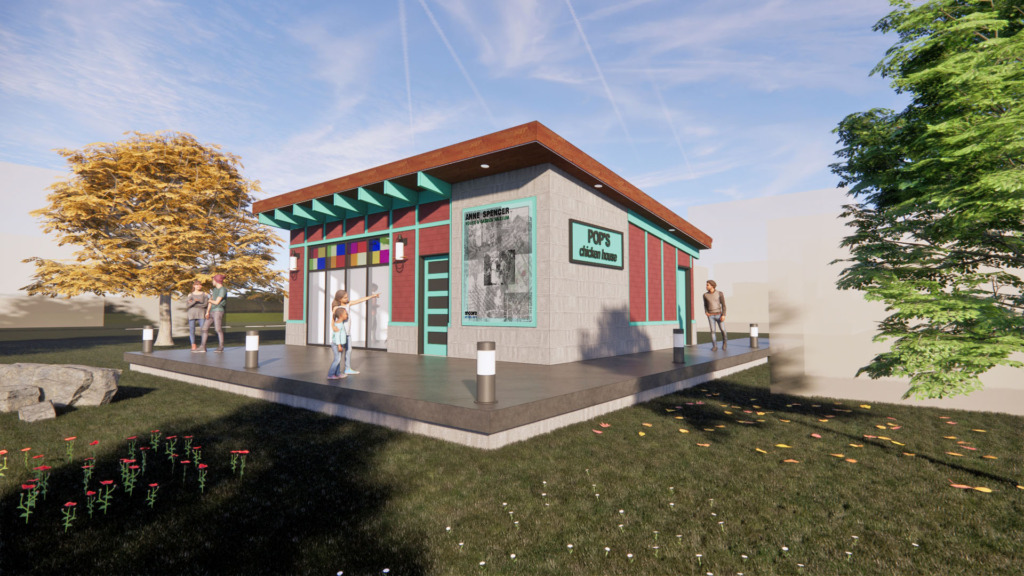
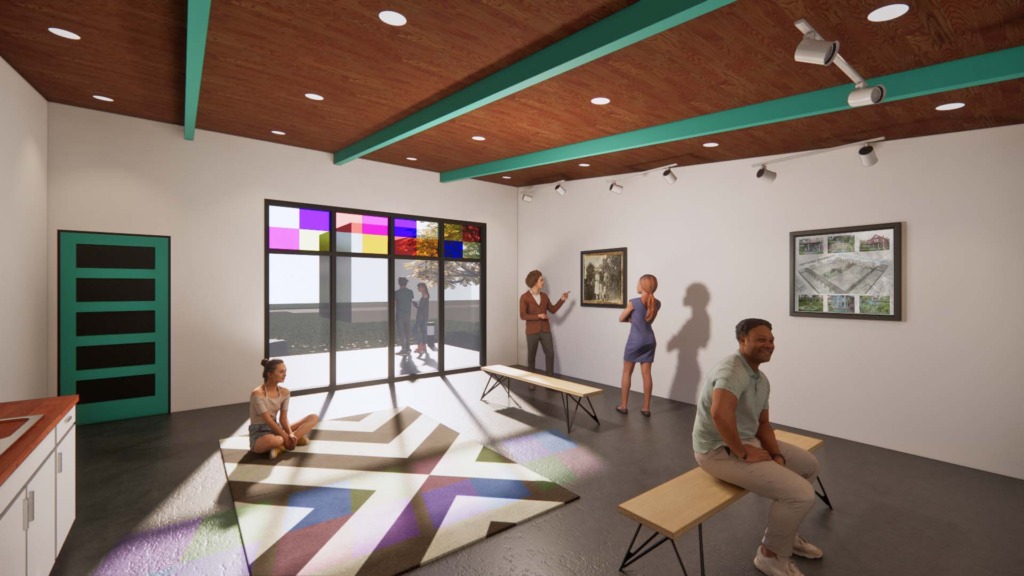
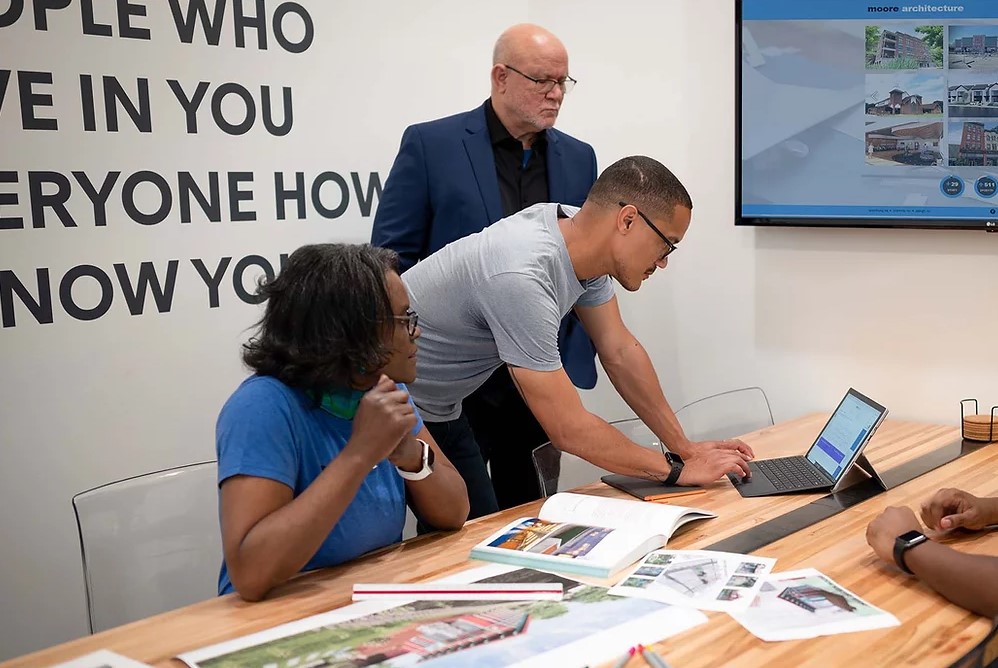
“NOMA has allowed me to grow my professional and personal network immensely. It can become a platform to support and develop meaningful and lasting relationships and friendships that are required to be successful in this very small architecture community where everybody knows everybody.”
TH: What advice do you have for our NOMAS membership, as they begin their architectural careers?
MM: NOMA has allowed me to grow my professional and personal network immensely. This network has the potential support and develop meaningful and lasting relationships that are required to be successful in this very small architecture community. Everybody knows everybody in the industry.
When you represent only 2% of the profession, it is critical to align yourself with others who have unique yet similar experiences. Sharing knowledge through experiences that will prepare the current and next generation of Black architects to be successful.
African Proverb: If you want to go fast, go alone. If you want to go far, go together.


Each submission gets timestamped with EST time and gets a unique identifier
assigned, example:
S10056


Your ID: S12312312






This notification means your entry was sent successfully to the system for review and processing.
If you have any further questions or comments, reach out to us via the main contact form on the site
Have a great day!







New to NOMA?
Create your account
Already have an account?
Sign in

Not A NOMA Member? Click Here!
Create your account
